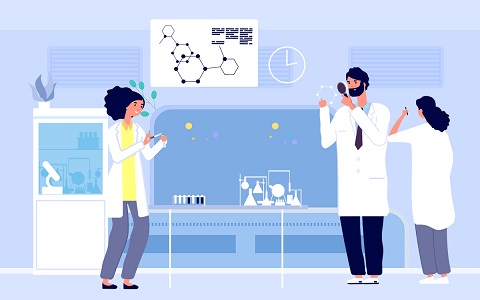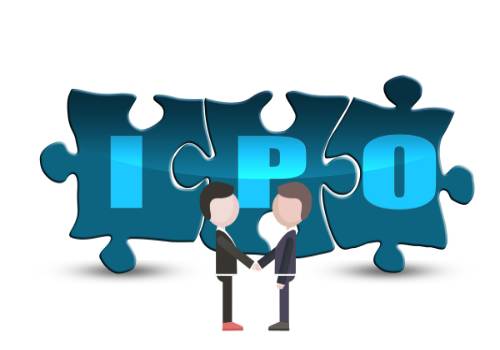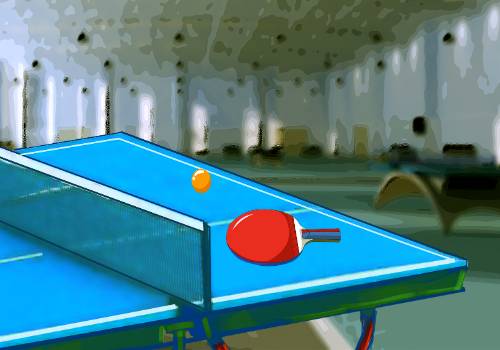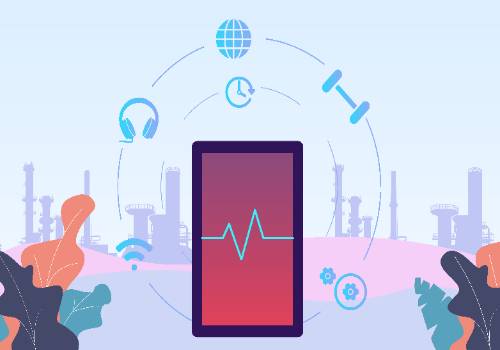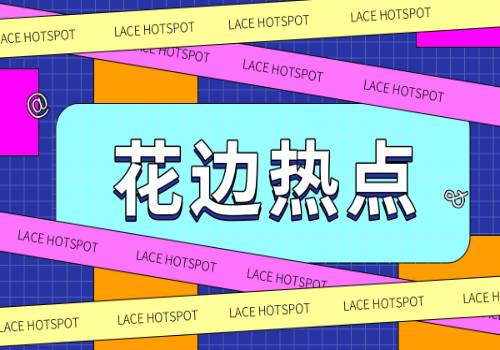28 Nov 2018 - International Summit on Human Genome Editing - He
来源:哔哩哔哩 2023-01-27 13:07:47
Jiankui He
Human embryo editing
Second international summit on human genome editing
 (相关资料图)
(相关资料图)
Introduction
Just to remind everyone here, we want to give Dr. He a chance to explain what he has done in terms of the science in particular but also other aspects of what he has done. Please can you allow him to speak without interruptions. As I said, I have the right to cancel the session if there's too much noise and interruption.
I just want to state a couple of other things. We didn't know the story that was going to break over the last couple of days when he accepted the invitation to come and speak to us. We didn't know this story beforehand. In fact, he had sent me the slides he was going to show in this session and it did not include any of the work that he is now going to talk about. There was some clinical data, but nothing involving implanted human embryos.
I should also state that we're in a venue with generous hosts at University of Hong Kong. They have a strong tradition of allowing free speech, and we're complying with that tradition of free speech. I would like to ask Dr. Jiankui He to come to the stage and present his work.
I don't know where he is, hence the confusion. Please not too long.
Introduction
Okay. Thank you.
First, I must apologize. This leaked unexpectedly, taking away from the community before presenting in a scientific venue, and without the peer review process engaged before this conference. ((interruption about photographs))
Okay. This study has been submitted to a scientific journal for review. I also thank the Associated Press who we engaged months before, to the commitment to accurately reporting the studies to come, from many points of view. I also thank my university, although they were unaware of these studies conducted. Thank you for the wisdom shared with me, as well as the community for discussing this data and providing this forum.
I will give an overview of our data, and focus on human and monkeys.
HIV prevention
There has been wonderful progress in HIV prevention therapy. New infections remain 3x higher than the UN chosen target. HIV remains a top 10 cause of death in several countries, in particular developing countries. For unaffected children, born to HIV+ mothers, make up a large percentage of births in South Africa. The risk of being infected by HIV in the first few months of life is many many times higher than other babies. This is a serious problem. Infection severity is often made even worse by this condition.
Natural CCR5 mutation confers profound HIV1 resistance
A natural protection against HIV is carried by as much as 10% of the population in several European countries. It prevents HIV infection. CCR5 gene is one of the most studied variations, and it's one of the most well understood genes.
Exploring CCR5 gene knockout in mice
We first explored CCR5 gene knockout in mice, to investigate multi-generation effect. We established a third generation of CCR5-long mice, which we confirmed by Western blot and flow cytometry.
Tissue pathology was normal in heart, liver, lung and stoma. In common behavior assessment, showed no differences.
Human CCR5-sgRNA design
We then set out to assess whether sgRNA could be designed for CCR5 in human. We assessed promising guide RNAs for targeting the start of the delta32 variant. Our findings had indication of no off-target activity. A few previous publications assessed a similar sg4 locus without detecting off-targets.
Monkey
sg4 induced the most efficient editing activity in a human cell line, in human embryos. Since this target site is conserved in the monkey genome, we could use the Cynomolgus monkeys (M. fascicularis) to assess this futher.
Earlier microinjection maximizes editing efficiency
We found that injecting Cas9 closer to fertilization promoted the most efficient editing efficiency, consistent with other findings. We observed this across experiments. This also reduced mosaicism.
Single cell sequencing
To look more closely on the mosaicism, we also sequenced every individual cell in several embryos. This was at the 1, 2, and 3 cell stage.
Cas9 efficiency improvement by second injection
Under the assumption that Cas9 degrades quickly and requires time to find the right target, we explored some strategy to reduce mosaicism by delivering a second injection of Cas9 at the 2-cell stage.
We expanded our batch size, and we observed the same observation in parents across cycles.
Protocol translation to human embryos
We then looked to see if this protocol could be translated to human embryos. As others had reported, Cas9 was the most efficient delivery format. Adjusting dose also improved efficacy. Upon advice I received when I presented earlier in February 2017, at the use of genome editing workshop, we edited non-viable embryos and established embryonic stem cell line. Karyotypes were normal. Embryonic stem cell marker expression was normal by staining and flow cytometry. This embryonic stem cell also formed all three germ lines, which is a marker of safety.
Surveying off-target activity
Another safety concern is off-target effects. Embryo targeting at single or few cell stage of life, any off-target would pose very serious consequences and extend potentially through the whole body. In adult gene therapy, off-target is expected, but it has problems.
We assessed off-target by single cell whole genome sequencing of embryo, prior to implantation. We used an amplification method to minimize the false positive rate, and for unbiased coverage. Other labs have used the same approach, but we take it a step forward by sequencing the parent genome, to find risk sites that exist in the parent cells but not in the reference sequenced genome.
We created a pool of ... by .. anything mentioned in previous publications. We added genome sites for unbiased assessment of potential delivered site. We did in silico predictions for CRISPR design, for mismatch-guided computational design.
Finally, we import the parent genome, which improves sensitivity and allows us to detect novel risk sites unique to each embryo, which emerges from inherited SNPs.
We were able to visualize the personalized off-target hotspot pool, on the order of 10,000 sites per embryo. We used whole genome sequencing to assess for these spots and validated any findings by single cell sequencing.
Of the potential cleavage sites identified by the genome-wide unbiased method, none were observed in the whole genome sequencing data. No activity was observed at the risk sites identified, in any of the 50 human embryos, using our CRISPR design software.
Off-target assessment in hESC cell line
We explored off-targets in hESC cell line. We didn't have the parental donor genomes, but we were able to identify one potential off-target. This off-target is an intergenic region, although we can't confirm whether this is inheritance or due to editing.
Here, you can see that editing efficiency across 19 viable embryos. We performed PGD and whole genome sequencing across the embryo. It didn't identify off-target sites.
In one embryo, we identified 6 kb deletion at target site, which did not effect any gene but CCR5. The CCR5 gene distance from other genes protects against the risk of deletion.
We detected some deletions by using chimeric reads from next-gen sequencing.
First established pregnancy
Now I will focus on the pregnancy of the twins. We sequenced both parents to do off-target detection. The mother was HIV negative. The father was HIV positive with undetectable viral load. Sperm washing was used to prevent transmission.
We followed on these results during the pregnancy by sampling DNA. Lulu and Lala were born normally and healthy.
After birth, we sequenced several different tissues. Pre-implantation genetic diagnosis showed two sites were edited. One was a frameshift lockout, which should shorten the CCR5 protein similar to the natural protective variation. Another had.. a .. deletion, which was expected to maybe destabilize local protein confirmation around adjacent HIV1 binding site.
The parents were informed of the implication of this. We reminded them of the option to leave the trial without implantation, or to choose the embryos. The couple elected to implant this embryo to start a two-embryo pregnancy.
In addition to the Sanger data, we also reported to the volunteer the whole genome sequencing data. ... more than 80% of the genome. The whole genome sequencing identified one off-target in the meg-based intergenic region far from other genes, with no coding RNA and no transcription factor by their sides.
The volunteers were informed of the risk of this one existing off-target, and they decided to implant the embryo.
After the mother declined amiostanthesis(?), ... blood test.. (did? didn't?) observe the intergenic off-target from PGD.
After birth
After birth, deep sequencing of the cord blood which is primarily the baby's blood, confirmed the editing pattern from preimplantation genetic diagnosis. Sanger sequencing also confirmed this observation from deep sequencing.
After birth, both Sanger sequencing and deep sequencing did not detect intergenic off-target observed during PGD. This suggests that this was an artifact of a single cell, or a mosaic off-target that happened to occur in the few blastocyte cells assembled for preimplantation genetic diagnosis.
For whole genome sequencing, we did 100x cord blood, and 30x other. No off-target was observed, genome wide. We also observed no large deletions using whole genome sequencing.
Further assesments
We will continue with our assessments, including blood tests for HIV infection potential. We also further investigate off-target effects in mosaicisms across multiple tissues.
There is a plan to monitor the children for the next 18 years, with the hope that they will consent as adults for continued monitoring and support.
Thank you.
Acknowledgement
Jiankui He
Shuo Song
Jinzhou Qin
Zhichao Mei
Xiaoqing Zhou
Meng Zhang
Yaqi Zhang
Kaijing Chen
Yangran Chen
Lingshi Kong
Tuanjie Niu
Mark Dewitt
Michael W. Deem
William B. Hurlbut
Nanni Peng
Huan Zhao
Renli Zhang
Dayong Hao
Weizhi Ji
Yongchang Chen
Discussion
Q: What did you do with the other embryos? Were they implanted?
A: There are seven couples but the clinical trial is on hold due to the current situation.
Q: What did you to get feedback on the clinical trial design? What was the scope of the team and where did you go to get approvals?
A: I first talked with a couple of scientists and a doctor to find out whether CCR5 was the one recommended. Once we had some data, I presented at Cold Spring Harbor in 2017 and also at the Berkeley genome editing conference. Some of the others in that conference too. I received positive feedback and also some criticism and also some constructive advice. I continued to talk with not just scientists but also the top ethicists in the United States such as at Stanford and Harvard. I also showed my data to visiting scientists. When I started a clinical trial for the informed consent, we.. as a reference.. and drafted a consent form. The letter was reviewed by a US professor. ... Subsequent... follow-on plan.
Q: How many people reviewed the informed consent and felt it was appropriate?
A: About four people. ...
Q: On the informed consent issue, was that an independent person talking to the patient, or was your team involved in that process directly?
A: ... team member went to talk to the volunteer first for 2 hours, and then after 1 month, the volunteers came to Shenzhen and I personally took them to another professor and gave them informed consent.
Q: So you were directly involved?
A: I was involved. Also, I brought them the information about off-targets and so on.
Q: How did you recruit these couples into your study? Was it done by personal connections? Did your institution put out a release? How was recruitment done of these particular couples?
A: It was by an HIV/AIDS volunteer group.
Q: I think what we should do now is... start answering questions from the floor. David Baltimore would like to say a quick word first, if possible.
When it comes to taking questions, I will take questions from the general participants who are lined up. I will also... I have questions from the media. I have a lot of questions. Many of them are the same. I'm not going to say who asked the questions, because they are the same questions. But quite a few of them have already been answered during Dr. He's talk. I will be quite selective. First, David.
David Baltimore
I want to thank Dr. He for coming and being responsive to the questions that have been asked. I still think that the statement that we made at the end of the last meeting, was that it would be irresponsible to proceed with any clinical use of germline editing unless and until the safety issues have been dealt with and there is universal societal consensus, that this has not happened, and it would still be considered irresponsible. I don't think it has been a transparent process. We only found out about it after it happened, so we feel left out. After the children were even born. I personally don't think it was medically necessary. The choice of disease we heard discussion about earlier today are much more pressing than providing to one person some protection against HIV infection. I think there has been a failure of self-regulation by the scientific community because of the lack of transparency. I am speaking here entirely for myself. The committee that organized this meeting will be meeting and issuing a statement, but that will not be until tomorrow. Tomorrow? Tommorow. And why don't we continue?
Questions
...
Q: I'd like to echo David Baltimore's comments thanking you for coming here under some unusual circumstances. First, I don't










